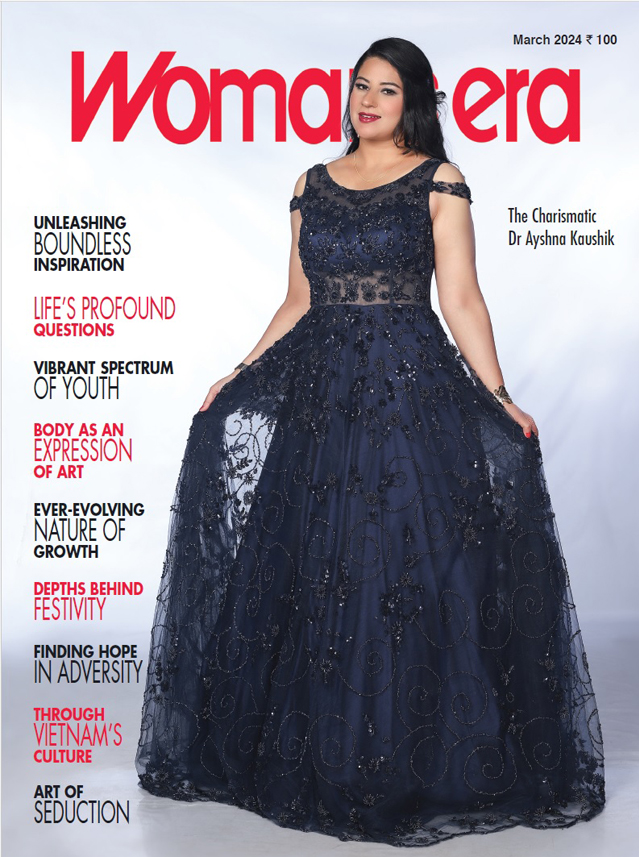How Ladies Are Influencing The Male Ruled Crypto World

At the point when you take a gander at the cosmetics of digital money and blockchain organisations and their pioneers, it wouldn’t shock you to know that just 10% of ladies have utilised cryptographic money, only 15% of Bitcoin financial backers are ladies, and a simple 16% of NFT specialists are ladies. About 72% of people are men, while 28% are women. According to the report, crypto owners are “a more ethnically diverse group.” Hispanics account for 23% of crypto owners, compared to 17% of the general population.

Women make up only 4 to 6 percent of blockchain investors, according to some studies. The introduction of blockchain has been hailed by some as a panacea that will resolve issues ranging from supply chain transparency to the healthcare system. Blockchain positively holds the possibility to give a type of jump innovation for ladies in non-industrial nations.
For instance, Facebook asserts that the cryptocurrency it is developing, Libra, will assist in “banking the poor” and bringing financial services to people who live in remote areas and are unable to access traditional banking services. Yet, in all actuality, blockchain is very much like some other new innovation — its applications might be basically as different and imaginative as its makers. If blockchain developers do not address the issue of diversity, these promising new technologies run the risk of only benefiting a select few and enforcing inequality rather than changing it. Until 2018, the digital money industry was practically missing ladies — yet male crypto aficionados made their fellowship with private gatherings and meetups. At one such meeting held in Japan in 2018, just two of the 42 members were ladies.
A financial system that is democratic and decentralised has always been one of the main pillars of cryptocurrency. However, the crypto industry, which is dominated by men, has never been seen as a place for women and has always been against its founding principles. Fortunately, things are changing. A glimmer of hope can be seen in the most recent data from Indian cryptocurrency exchanges and other businesses. Despite the fact that approximately 20% of crypto investors in India are women, the figures still reveal a significant gender gap.
CoinBharat is a site that has in its core team writers with a track record of producing content specifically aimed at women and that this is not only India’s first proper crypto review site and educational platform (started by a group of Indians, some expats in the US, others living in India), but also the first that breaks traditional gender norms and evades the usual cliches.
CoinBharat is an effort to provide Indians with the skills they need to build, grow, and protect their wealth in order to make the crypto industry more accessible to women. The team behind CoinBharat wants to make sure that this ever-expanding opportunity doesn’t go to waste and that eager investors find a handy digital toolkit to help them find the most reputable brokers, exchanges, and assets. India’s economic growth and rapid digitization are opening up more opportunities for an ever-growing demographic to improve their standard of living through education and wise investment.
Whether in India or among expat networks in the US, the group of crypto specialists and prepared monetary consultants are determined to deliver the most significant monetary counsel to all Indians hoping to pursue the ideal decisions with their well deserved cash. Shivali Krishali is a top contributor in the editorial team, she helms the editorial work in her area of expertise in an attempt to equalise the gender ratio and empower more women to make the right financial decisions and investments for themselves.
She is a skilled crypto researcher and writer whose current focus is on decoding trends in finance, fintech, and blockchain technology for her target audience. Shivali has worked in SEO and social media before, so he knows what kind of high-quality, easy-to-understand coverage readers like. She has been working with crypto startups for the past year. The self-taught crypto enthusiast is particularly interested in the enormous potential that the Metaverse and Web3 technologies have for influencing the digital future.
The expanding crypto ecosystem in India is also a factor in this. Women are being hired by businesses in this sector in large numbers, and a small but growing number of them are being promoted to senior positions. Again, this helps more women enter the cryptocurrency industry and provides them with role models to emulate in their network.
Despite growth spikes, there are still few women working in cryptocurrency. This would result in increased influence and, eventually, benefits for women everywhere as more women join the crypto ecosystem. Women working in the sector would have more opportunities as a result of this, as would gender diversity and inclusion in the sector.
Notwithstanding, this obligation ought not be that of ladies and crypto organizations alone. Regulators must also ensure that the crypto industry in the long run remains diverse and inclusive. This would have a positive impact on the ecosystem and contribute to the creation of a more favorable future for all parties involved. Without a doubt, the future of crypto is orientation comprehensive.










